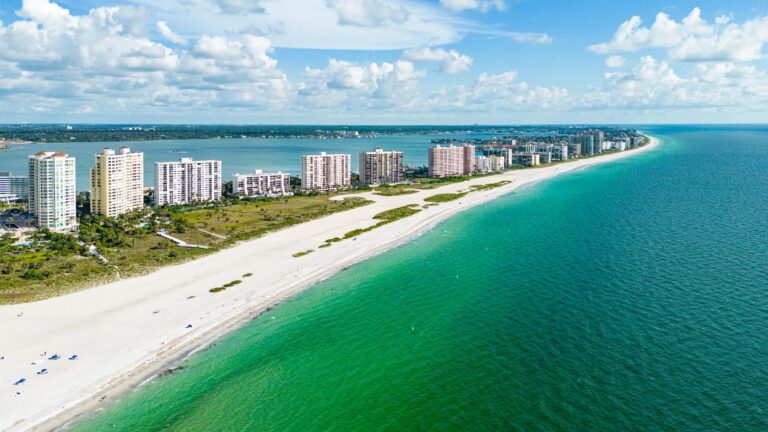
Playing defense Reefense
The project is one of three being developed under a $67.6 million program launched by the US government’s Defense Advanced Research Projects Agency, or Darpa. Cheekily called Reefense, the initiative is the Pentagon’s effort to test if “hybrid” reefs, combining manmade structures with oysters or corals, can perform as well as a good ol’ seawall. Darpa chose three research teams, all led by US universities, in 2022. After two years of intensive research and development, their prototypes are starting to go into the water, with Rutgers’ first up.
Today, the Pentagon protects its coastal assets much as civilians do: by hardening them. Common approaches involve armoring the shore with retaining walls or arranging heavy objects, like rocks or concrete blocks, in long rows. But hardscape structures come with tradeoffs. They deflect rather than absorb wave energy, so protecting one’s own shoreline means exposing someone else’s. They’re also static: As sea levels rise and storms get stronger, it’s getting easier for water to surmount these structures. This wears them down faster and demands constant, expensive repairs.
In recent decades, a new idea has emerged: using nature as infrastructure. Restoring coastal habitats like marshes and mangroves, it turns out, helps hold off waves and storms. “Instead of armoring, you’re using nature’s natural capacity to absorb wave energy,” says Donna Marie Bilkovic, a professor at the Virginia Institute for Marine Science. Darpa is particularly interested in two creatures whose numbers have been decimated by humans but which are terrific wave-breakers when allowed to thrive: oysters and corals.
Oysters are effective wave-killers because of how they grow. The bivalves pile onto each other in large, sturdy mounds. The resulting structure, unlike a smooth seawall, is replete with nooks, crannies, and convolutions. When a wave strikes, its energy gets diffused into these gaps, and further spent on the jagged, complex surfaces of the oysters. Also unlike a seawall, an oyster wall can grow. Oysters have been shown to be capable of building vertically at a rate that matches sea-level rise—which suggests they’ll retain some protective value against higher tides and stronger storms.




















+ There are no comments
Add yours